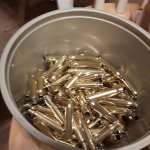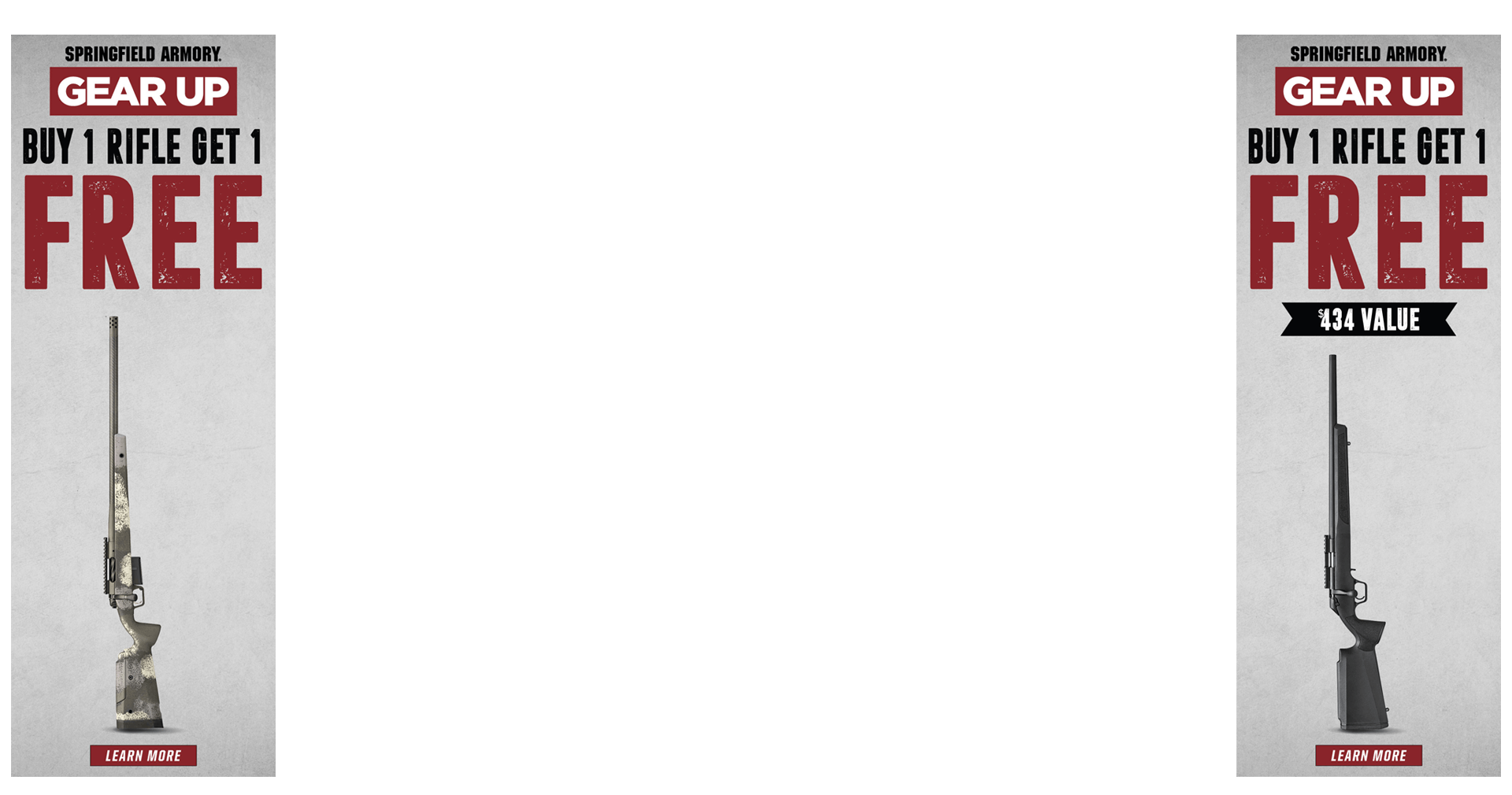Commented earlier in another thread that i have seen some evidence that handloads stored for weeks or months have higher SD, higher speed, and far lower accuracy compared to ammo loaded the previous evening and shot the next day. [Will try to figure out how to post a link.]
Took 6.5 Creedmoor handloaded ammo to the 600 yard range today. The box of ammo consisted of a load recipe that previously gave an SD of 4.4 fps and a hit percentage on the small 4” steel targets of 75%-80%. We are 50 miles from the Gulf Coast, so there is almost always some wind in the 5-12 mph range, and i am happy with that result for now. As my wind reading skills get better, i expect that to improve some. Vertical spread at 600 was 1.5” on a good day and 2.5” most of the time. Very enjoyable to shoot ammo like that!
Today my (meticulously prepped) neck turned weight sorted Lapua brass, shooting H4350 and weight sorted Berger Hybrid 140’s (jumped 0.015”) gave an SD of 25.9 fps measured via the Labradar. Yes over twenty five! Slowest was 2736 and the fastest was 2892 fps from a 30” Shilen barrel (the two that went over 2860 fps showed half moons, and other pressure signs). Ambient temp was a perfect 68 F. This is not good!
Shot 25 rounds, got rather frustrated and went home, then decided to reseat the remaining ammo for a long jump that also worked well before. I use a hand die and an arbor press with force measurement so i can cull out the cases with exceptionally high seating pressure/seating force (measured in lbs). My notebook said the cases previously all seated with a seating force of 8-15 lbs, which is low and adequately consistent, given prior results. This time the k&m guage read anywhere betweeb 24 lbs and 64 lbs, which is a massive increase. And poor consistency. Ammo was 10 days ‘old’. I usually load on a Friday evening and shoot it Saturday or Sunday. This time work interfered and it was close to freezing last weekend. Typical spring weather in Texas.
Have any if you seen similar issues before?
Have read up a bit about bimetallic corrosion before (search for this term and you should find the prior thread). Is the bullet and brass ‘welding’ together because of corrosion, driven by high humidity? This is at least the third time i have seen this particular problem. It does seem to help to load the day before, or to reseat at the bench. One of the many benefits of a wilson hand die and an arbor press. Easy to pack. Micrometer seater works very well to keep ammo straight and consistent.
Btw: Used mica lube on the bullets and it did not prevent the problem this time, so have to take back what i recommended before...
Any personal experience? Is this only a problem in humid climates??
Took 6.5 Creedmoor handloaded ammo to the 600 yard range today. The box of ammo consisted of a load recipe that previously gave an SD of 4.4 fps and a hit percentage on the small 4” steel targets of 75%-80%. We are 50 miles from the Gulf Coast, so there is almost always some wind in the 5-12 mph range, and i am happy with that result for now. As my wind reading skills get better, i expect that to improve some. Vertical spread at 600 was 1.5” on a good day and 2.5” most of the time. Very enjoyable to shoot ammo like that!
Today my (meticulously prepped) neck turned weight sorted Lapua brass, shooting H4350 and weight sorted Berger Hybrid 140’s (jumped 0.015”) gave an SD of 25.9 fps measured via the Labradar. Yes over twenty five! Slowest was 2736 and the fastest was 2892 fps from a 30” Shilen barrel (the two that went over 2860 fps showed half moons, and other pressure signs). Ambient temp was a perfect 68 F. This is not good!
Shot 25 rounds, got rather frustrated and went home, then decided to reseat the remaining ammo for a long jump that also worked well before. I use a hand die and an arbor press with force measurement so i can cull out the cases with exceptionally high seating pressure/seating force (measured in lbs). My notebook said the cases previously all seated with a seating force of 8-15 lbs, which is low and adequately consistent, given prior results. This time the k&m guage read anywhere betweeb 24 lbs and 64 lbs, which is a massive increase. And poor consistency. Ammo was 10 days ‘old’. I usually load on a Friday evening and shoot it Saturday or Sunday. This time work interfered and it was close to freezing last weekend. Typical spring weather in Texas.
Have any if you seen similar issues before?
Have read up a bit about bimetallic corrosion before (search for this term and you should find the prior thread). Is the bullet and brass ‘welding’ together because of corrosion, driven by high humidity? This is at least the third time i have seen this particular problem. It does seem to help to load the day before, or to reseat at the bench. One of the many benefits of a wilson hand die and an arbor press. Easy to pack. Micrometer seater works very well to keep ammo straight and consistent.
Btw: Used mica lube on the bullets and it did not prevent the problem this time, so have to take back what i recommended before...
Any personal experience? Is this only a problem in humid climates??


